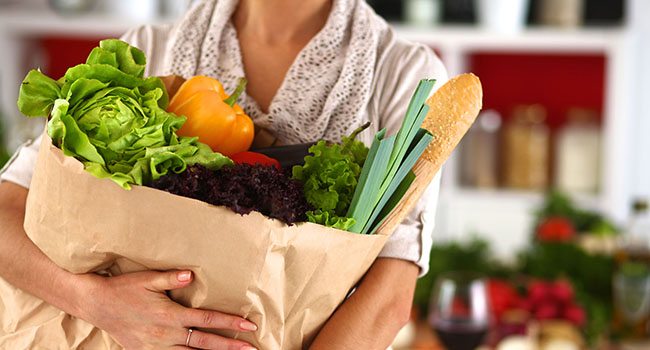Small businesses of all kinds are the bread and butter of their communities. Their work directly nourishes their neighborhood while also financially supporting it. After all, you’re paying local people to work for you. You’ll also be using the money you earn to pay for essentials and treats for yourself near you. It’s a great way to support the local economy while also helping that community stand out and build a unique identity.
Large chain corporations do the opposite. They actually take money out of the local economy, and worse, they make every neighborhood look and feel the same. They extract the community feel out of neighborhoods. The reason they’re so successful, however, is for two reasons. One, they’re familiar. People like being able to go into a branch no matter where they are and getting the same products they could at home.
Two, they’re usually the most cost effective. This isn’t always the case, of course, but it generally is the challenge that independent grocery stores face in comparison to their big name counterparts. It’s why many independent grocers have gone out of business over the years, despite selling essential items.
If your independent grocery business is struggling, you need to make a change, or rather you need to consider making these top four changes today:
1. Add a Bulk Food Section
A great way to compete price-wise on the basics is to sell bulk foods. Bulk foods like spices, flour, and sugar is a great place to focus, since you can directly pass the savings on to your customers and can also appeal to those sick of packaging waste. Offering bulk foods will appeal to your cost-conscious and eco-conscious customers, which is a win-win when it comes to competing against the big bulk food stores.
To offer this, start by figuring out which are the most essential dried goods. Flour, sugar, salt, onion, garlic, paprika, and so on are all staples in many dishes. By focusing on these types, and even offering subtypes, you can attract the most amount of customers even with a relatively small footprint.
When it comes to offering different versions of a single ingredient, think in terms of sugar or even onion powder. Sugar can mean granular sugar, caster sugar, brown sugar, or icing sugar. As for dried onion, you can offer powder, onion salt, or even bulk-buy dried minced onion. All of these appeal to customers, and if there’s a shortage of one type, they can usually substitute for another option. You can even create a handy guide on how to do this, like grinding down onion granules to make a powder or how measurements to replace caster sugar with granulated.
2. Stock Unique Items
You aren’t going to be able to stock the same things as a big box store, especially at the same price as your large competitors. The best alternative, then, is to work on selling unique items that aren’t usually found elsewhere. This is why cultural grocery stores do so well in the west. There are fewer of them, and the big grocery chains don’t stock as many of the ingredients.
You can do this too, no matter what your background is or what the cultural makeup of your community is. You can even get the community engaged. Create a welcome sheet or board that directly asks what products customers want to see in your store. You can create a simple voting system or just keep track of responses to create your own poll so you can focus your efforts in the future.
When it comes to stocking products, try to first find local sellers. This is great for fresh products, as well as for supporting small, local businesses near you. Next, you’ll want to opt for organic options abroad and to vet your suppliers carefully so that they adhere to your values while offering a fair price point.
Finally, you’ll want to look into stocking the outliers. These are boxed brands that don’t fit in any of the previous categories but would make a huge impact on your bottom line. They’ll be the international treats that bigger grocery stores just don’t sell often but are popular in your community.
3. Host Events to Get People in the Door
You want to engage the community to get them in your door and trying new things. You can do this by hosting cooking demos where you use the products. You can have taste days on popular shopping days like Saturday, where you open up a bunch of different products that may not be selling all that well for customers to try and buy.
There are so many ways that you can get customers into your door and ways you can use those events to drum up advertising for your business. For example, if you’re hosting a local chef to do a cooking demo, you can get in touch with local news media, magazines, and social media profiles to let them know and even invite them for coverage.
4. Offer Digital Services
The world is digital, and with online and AI-assisted tools it’s easier than ever for small businesses to offer their customers thriving digital platforms. At a minimum, you can create essential boxes for purchase and pick-up. These boxes should have all the week’s essentials ready for customers at a great price. Have a meat and dairy option, a vegetarian option, a gluten-free option, and a vegan option. These should have their own collection of ingredients that cover basic cooking and baking at a great price.
As you grow, you’ll want to let people customize their own baskets by shopping online. You can then look into expanding into local deliveries, which can be kept emission-free by getting an electric bike delivery cart. Not only would you benefit from the lower upkeep, but you can have a moving billboard traveling through your neighborhood advertising your brand.
You can continue to expand your digital and delivery services as you grow and adapt your approach to work with your community best.




